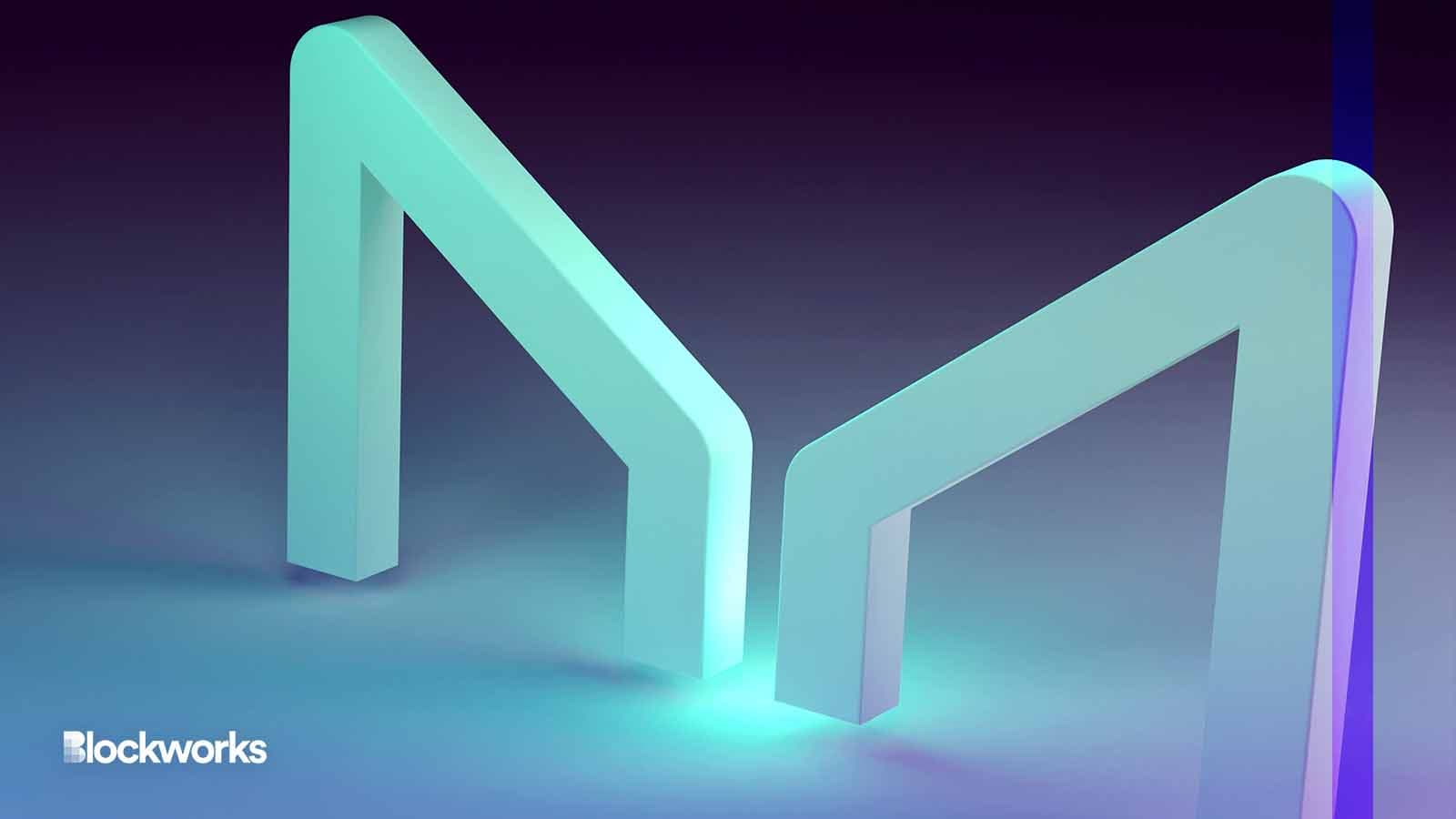Takeaways From MakerDAO’s 5-phase Endgame Update
MakerDAO’s Endgame is designed to ease governance tensions and ensure the DAO is completely decentralized

CryptoFX/Shutterstock modified by Blockworks
MakerDAO is making strides toward Endgame, a detailed plan designed by its founder Rune Christensen with the hopes of improving governance.
Being one of the largest DeFi protocols, MakerDAO has been forced to navigate the complicated world of scaling and internal politics — which are faced by many startups that are transitioning into their growth phase — all whilst trying to remain decentralized.
According to the latest forum post by Christensen, Endgame’s short-term goal is to ensure that MakerDAO’s stable token, DAI, becomes one of the most widely used stablecoins within the next three years without sacrificing governance equilibrium.
He proposes that to achieve this, Maker DAO must launch following Endgame’s comprehensive five-phase roadmap.
Phase 1: Beta launch
The first phase of Endgame will be establishing a new unified brand with its own stablecoin and governance token separate from DAI and MKR, Christensen said.
“Maker and Dai are established and trusted brands in the cryptocurrency space. Unfortunately they have drawbacks, including having two separate brands rather than a single cohesive concept,” he said.
The Accessibility Governance Process is currently working on redesigning MakerDAO with the ultimate goal of resolving fragmentation by creating a new, unified brand.
DAI and MKR token holders will have the choice to remain holding the tokens or upgrade to the new stablecoin and governance token, Christensen noted.
Phase 2: SubDAO launch
Following the Beta Launch will be the creation of six Maker SubDAOs, each one with its own governance tokens.
SubDAOs are designed to function independently from Maker, but are tied to the protocol through its mission.
“By delegating day to day complexity to SubDAOs, MakerDAO significantly streamlines the workload and complexity that Maker Governance needs to manage,” Christensen wrote.
Phase 3: Governance AI tools launch
Designing tools using AI for governance will be the third phase of MakerDAO’s Endgame.
The purpose of these tools will be to improve “Alignment Artifacts” which will guide the governance experience and improve processes over time without needing a centralized leadership.
These tools will be designed to be open source, Christensen noted.
“This both helps MakerDAO improve its own Governance AI Tools while also delivering on it’s public good purpose,” he wrote.
Phase 4: Governance participation incentive launch
The launch of the Sagittarius Lockstake Engine (SLE) will be the fourth phase of the Endgame plan.
This engine is designed to ensure the token holders of the new governance token will be actively incentivized to participate in governance.
Tokens are designed to be delegated to aligned voter committees and will be executed through “a user-friendly, gamified frontend for easy access,” Christensen said.
Phase 5: NewChain launch and final Endgame state
Launching a rebranded new chain will be the final stage of the Endgame State.
In this state, it will be difficult for major changes to occur in this state, Christensen notes. This means that MakerDAO’s core processes will be balanced, decentralized and sustainable “forever.”
This new chain is designed to be the hub of all backend tools operating MakerDAO.
“This means that on Ethereum, NewStable and NewGovToken, as well as Dai and MKR, will continue to function as normal, and the only change will be that they will be protected by a governance backend that operates through a secure, state of the art bridge,” Christensen wrote.
A new feature that Christensen is particularly excited about is the ability for the chain to hard fork in the case of “catastrophic governance disputes.”
“This provides a final level of governance security to users, businesses and protocols that rely on the Dai Stablecoin and NewStable, which ensures even the most extreme governance attack scenarios will only have a minimal impact on their user experience and will not put their funds or their stability at risk,” he said.
Get the news in your inbox. Explore Blockworks newsletters:
- The Breakdown: Decoding crypto and the markets. Daily.
- 0xResearch: Alpha in your inbox. Think like an analyst.






